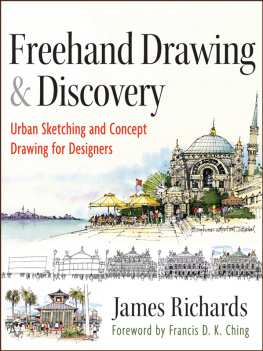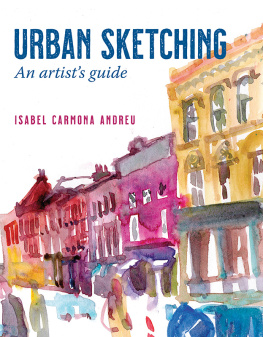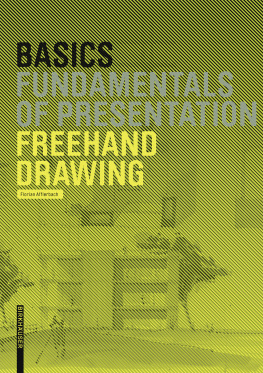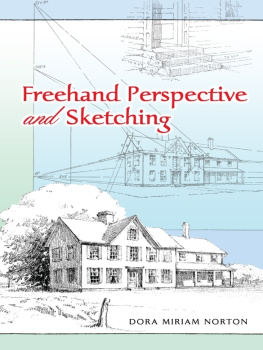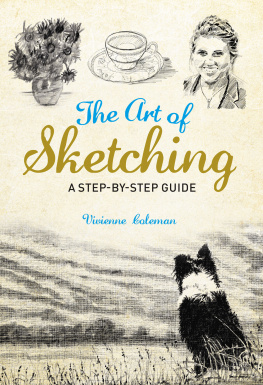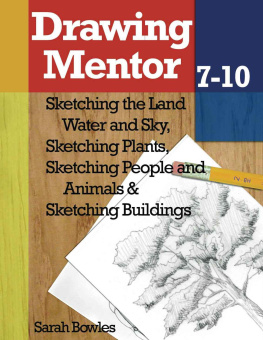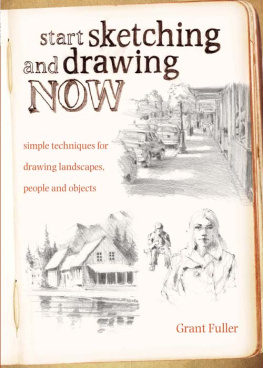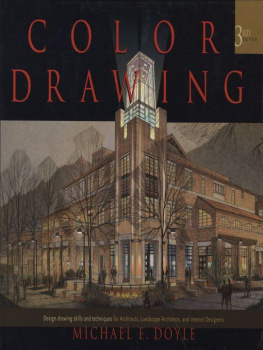Cover Illustration courtesy of James Richards
Cover Design: Michael Rutkowski
This book is printed on acid-free paper.
Copyright 2013 by John Wiley & Sons, Inc. All rights reserved
Published by John Wiley & Sons, Inc., Hoboken, New Jersey
Published simultaneously in Canada
No part of this publication may be reproduced, stored in a retrieval system, or transmitted in any form or by any means, electronic, mechanical, photocopying, recording, scanning, or otherwise, except as permitted under Section 107 or 108 of the 1976 United States Copyright Act, without either the prior written permission of the Publisher, or authorization through payment of the appropriate per-copy fee to the Copyright Clearance Center, 222 Rosewood Drive, Danvers, MA 01923, (978) 750-8400, fax (978) 646-8600, or on the web at www.copyright.com. Requests to the Publisher for permission should be addressed to the Permissions Department, John Wiley & Sons, Inc., 111 River Street, Hoboken, NJ 07030, (201) 748-6011, fax (201) 748-6008, or online at www.wiley.com/go/permissions .
Limit of Liability/Disclaimer of Warranty: While the publisher and author have used their best efforts in preparing this book, they make no representations or warranties with respect to the accuracy or completeness of the contents of this book and specifically disclaim any implied warranties of merchantability or fitness for a particular purpose. No warranty may be created or extended by sales representatives or written sales materials. The advice and strategies contained herein may not be suitable for your situation. You should consult with a professional where appropriate. Neither the publisher nor the author shall be liable for damages arising herefrom.
For general information about our other products and services, please contact our Customer Care Department within the United States at (800) 762-2974, outside the United States at (317) 572-3993 or fax (317) 572-4002.
Wiley publishes in a variety of print and electronic formats and by print-on-demand. Some material included with standard print versions of this book may not be included in e-books or in print-on-demand. If this book refers to media such as a CD or DVD that is not included in the version you purchased, you may download this material at http://booksupport.wiley.com. For more information about Wiley products, visit www.wiley.com .
Library of Congress Cataloging-in-Publication Data:
Richards, James, 1955
Freehand drawing and discovery : urban sketching and concept drawing for designers / James Richards.
pages cm
Includes index.
ISBN 978-1-118-23210-1 (cloth); 978-1-118-41946-5 (ebk); 978-1-118-42120-8 (ebk); 978-1-118-43388-1 (ebk); 978-1-118-47995-7 (ebk); 978-1-118-47997-1 (ebk); 978-1-118-63566-7 (ebk); 978-1-118-63567-4 (ebk)
1. Architectural drawing--Technique. 2. Cities and towns in art. I. Title.
NA2708.R53 2013
720.284--dc23
2012025750
Printed in the United States of America
10 9 8 7 6 5 4 3 2 1
On location at Angkor Wat, Cambodia.

Farmers market concept sketch for urban design study.
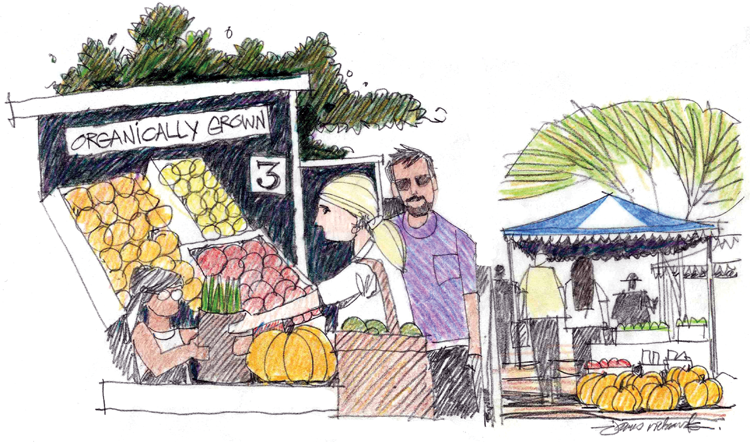
This work and the creative journey that led to it could not have been done without the love and support of my wife and best friend, Patti. This book is for her.
Foreword
In the village of Oia, Santorini, Greece.

I first met Jim Richards in the summer of 2011 in Lisbon, at the Second International Urban Sketching Symposium sponsored by the Urban Sketchers group. Before then, I had already been acquainted with and admired from afar his beautifully rendered drawings, his sure hand, and his skillful eye for composition and detail. But, as is so often the case, physical artifacts become much more real when you meet their maker. Not only did Jims drawings become more alive in Lisbon but also now, I can hear him speaking in this introduction to freehand drawing.
Street furnishings.

Drawing, like the ancient Roman god Janus, has two faces. One looks to the past, at what already exists, when we draw on location from direct observation. Even though we are in the moment, as soon as we turn our gaze from the subject to the blank page or to the drawing in progress, we have to rely on our visual memory of what we have seen. In drawing on location, we do not have to restrict ourselves to the perspective views typified by travel postcards, although these are the most tempting to replicate. In lieu of recording the optical images before us, we can use the drawing process to gain understanding, insight, and perhaps even inspiration.
The other face of drawing looks to the future, what does not yet exist except in our minds eye. This is what we do when we design, externalizing our ideas so that we can act on them, whether with a pen on paper or with digital tools on the computer monitor. This kind of drawing stimulates the mind and can make visible aspects that cannot be seen by the naked eye nor captured through the lens of a camera. In this way, we can use the drawing process to figure things out on paper, thinking not only with the pen or pencil but with the head as well.
Concept sketch for a downtown gateway obelisk.
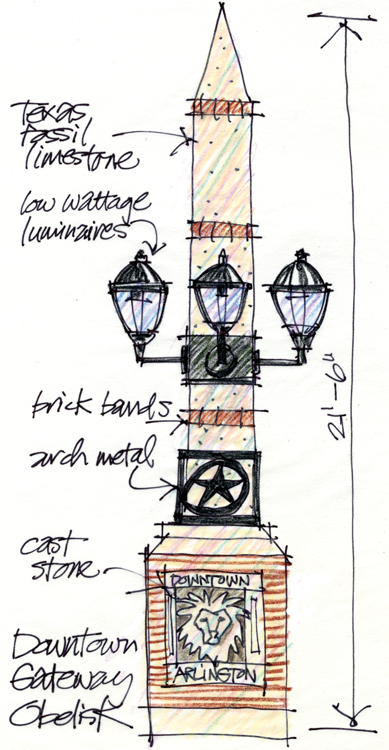
As Jim rightly points out in this book, these two faces of drawing are related. The things we learn about our environment when we draw on location help us as we imagine, draw, and design the future.
While I share Jims passion for drawing, we each have different approaches. I view my drawings as being much messier than Jims and he uses more precise linework, values, and textures in his work. This is as it should be. As he so eloquently points out, ones persona always emerges in a sketch. Your sketches wont look like mine, or mine like yours. Thats beautiful. So while this book is full of beautiful drawings, dont let the mastery that they embody intimidate you and prevent your learning to draw if you are a beginner, or continuing to draw, if you are already a designer or sketcher. Anyone can learn to draw, and this book is an excellent way to enter the satisfying world of freehand drawing.
Frank Ching
Preface
The first drawings werent very good, really. I had been led to undergraduate studies in landscape architecture and urban design by my love of drawing. Looking at sketches made in my first years at LSU, its apparent that my sketching ability had no where to go but up.
Yet here I was, drawing, and thinking, and drawing more, and receiving college credits for it! Design and design thinking were realms where not only was drawing encouraged, it could serve higher purposes of effecting change and enhancing lives. We were changing the world with freehand visions, and there was no turning back.
With excellent teachers, generous classmates, and mountains of project work, drawing became a very natural second language to me. To my surprise and relief, I realized over time that in sketching, mastery isnt requisite. In fact, a preoccupation with perfection may be the greatest enemy of the freshness and spontaneity that characterize great sketches. I learned that freehand sketching isnt about photographic realism. It isnt about art, per se. Its more about authenticity. Its about being in the moment, honestly recording whats in front of you or in your minds eye, and gaining a deeper awareness and appreciation of your subject or idea. Mostly, its about experiencing the joy of the creative dance of the mind, eye, and hand.
Next page
